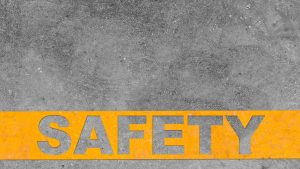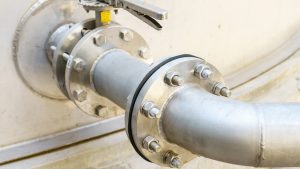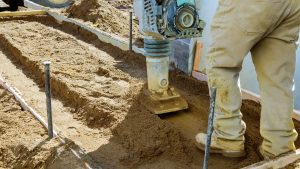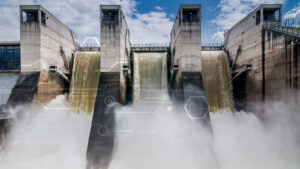2.1 billion people! Yes, around 2.1 billion people across international boundaries do not have access to safe drinking water sources. Isn’t it scary? As the archival data suggests, this number reflects 1 in 4 people worldwide. Who lacks drinking water? That circles the population involving rural communities, low-income countries and some vulnerable groups. With the development of new technologies, governments and relevant authorities are trying out various strategies to reduce water pollution even at the very moment you read this.
In this article, we look at the 5 ways to reduce water pollution in today’s world.
How is Water Pollution Caused?
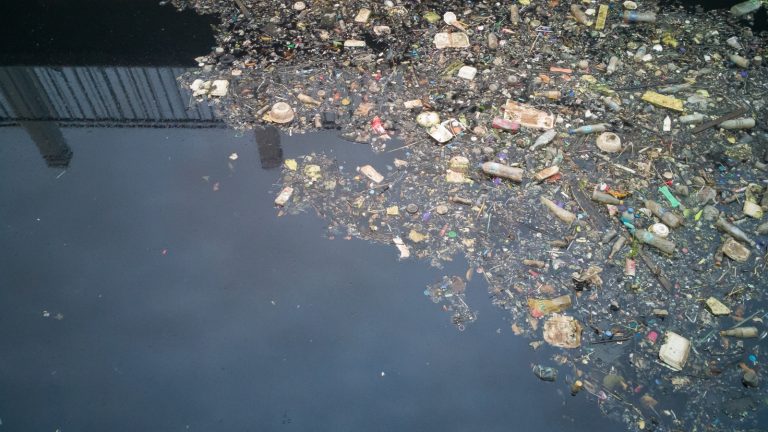
- Water pollution is the Decisive endpoint of the harmful substances entering water sources such as lakes, rivers, and oceans. Due to the toxins these substances carry, the water quality deteriorates beyond safe thresholds for humans, animals, and plants.
- Let us look at some of the common causes of water pollution. This mainly includes chemicals streaming down from factories to the environment. Apart from that, this circle includes oil spills, untreated sewage, and agricultural runoff as well. Since they contain some harsh fertilisers and pesticides, it makes the water unsafe for consumption. The most interesting fact is that water pollution can stem from different ways, such as stormwater carrying debris from streets, or household items like pharmaceuticals flushed down toilets.
- Climate change is what gives water pollution wings, undoubtedly. Due to flooding, contaminants keep spreading across a larger area much faster than the authorities estimate.
Effects of Water Pollution

- There are an unlimited number of ways water pollution negatively impacts the lives of humans, animals, and the environment. In recent years, with the rising water pollution levels, scientists and health professionals have found that the chemicals, heavy metals, and pathogens in water are the main culprits behind diseases like liver damage, cholera, and developmental problems in children.
- Far beyond health concerns, water pollution has affected the aquatic life negatively. Since it decreases the oxygen levels in rivers and lakes, it ends up killing fish and other aquatic life. Not to mention that such challenges completely disrupt the whole ecosystem.
- On the other hand, algae blooms develop from excess nutrients in water. It tends to block sunlight and disturb plant growth and biodiversity.
5 Most Practical Ways to Reduce Water Pollution
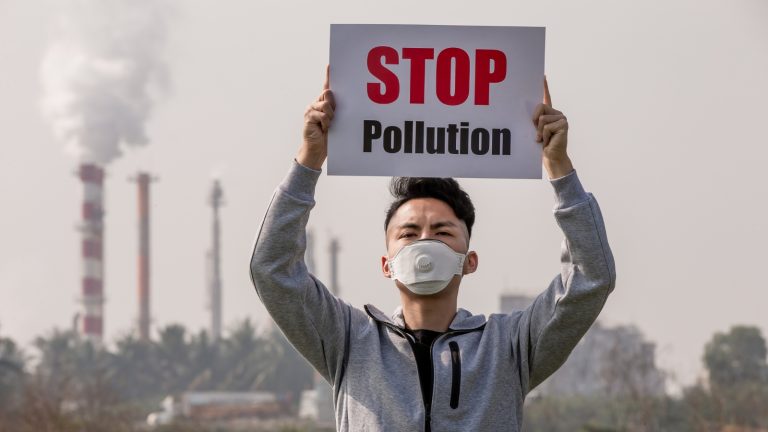
Properly Dispose of Hazardous Household Chemicals
As we learned in the above section, one of the top reasons for water pollution is household chemicals. Also, the list includes other harsh elements like paints, motor oils, and mainly some cleaning products, etc. These are exposed to the environment when they are poured down drains or thrown in the trash. That way, the toxic chemicals keep getting inside rivers, lakes, or groundwater.
This is where the authorities must take initiative to spread awareness among the citizens about the negative impacts of using unorthodox disposal mechanisms. Walking ahead of awareness, the authorities take another step forward by establishing specific collection points for certain hazardous waste.
If they can mark special days for community hazardous waste collection or permanent drop-off centres for 24/7, it will offer the communities a sense of responsibility in disposing of their waste. They can also implement a technology-based waste monitoring system to ensure the waste is being treated as planned and the harsh chemicals are not available in the treated water.
Since this lays the foundation to save money from preventing the necessity to establish large-scale contamination techniques, governments can ensure their people receive safe water while significantly reducing water pollution at the state level.
Use Phosphate-Free Detergents and Minimise Chemical Use
According to the scientists and water safeguarding authorities, it is indeed a challenge that many detergents nowadays carry phosphates in their cleaning products. The real challenge begins when the phosphate bursts into rivers and lakes. Since they make algae grow quickly, which utilises the oxygen levels in water significantly, it harms the aquatic life and biodiversity critically.
This is where the relevant authorities, like municipalities, can take the responsibility of encouraging people and companies to make a mindful switch. They can impose laws and regulations for them to use phosphate-free products for washing clothes and other cleaning chores. On the other hand, they can impose laws for cleaning product manufacturing companies to reduce the phosphate percentage in their goods to a standard level. By establishing routine inspections and health audits at cleaning product manufacturers, the governments take a huge step forward in water pollution prevention initiatives.
Also, by conducting education sessions at schools, industrial organisations, and publicly advertising about the harmful effects of chemical runoff, the authorities have the great potential to reduce the harmful fertilisers and pesticides usage.
Implement Rainwater Harvesting and Install Water-Efficient Fixtures
In order to use later, we can collect and store rainwater and this process is known as rainwater harvesting. Many people try this at the domestic level, and government authorities such as municipalities, central governments, etc., can spread these efforts to a mega level.
They can start by encouraging citizens, schools, and public buildings to install rain barrels or tanks for later use. It is possible to considerably curtail the amount of polluted runoff getting mixed into the rivers and water streams by implementing rainwater harvesting procedures and using them for gardens, cleaning streets, or irrigation.
Using Artificial Intelligence to Track Water Pollution
When Artificial Intelligence of AI, has conquered the whole industrial world, it is a total waste of knowledge if it is not used to reduce the intensity of water pollution. It is highly advisable for the water authorities, such as state governments, water treatment plants, wastewater facilities, etc., to employ new technological powers like AI to keep track of water pollution, as it brings every detail to the doorstep.
When testing sewage water during the initial stages of wastewater treatment, the authorities get the opportunity to identify potential infections, toxins and harmful substances in the water. Since AI technology can offer water pollution data that goes beyond geological barriers, the officials can map out the locations with polluted water, and they can take necessary actions.
Also, since AI comes with predictive powers, it can trace every water stream and mark the potential water pollution locations for them to take preventive measures.
Participate in Community Clean-Up and Monitoring Initiatives
No matter how much effort the authorities put into preventing water pollution, it will not be successful without community involvement. This is where the necessity of gathering communities and organising clean-up events at rivers, lakes, and storm drains comes in. This collective initiative will contribute to removing trash like plastics and debris before they reach water bodies.
It is a wise strategy to gather citizens, students from schools, and local businesses, where they can join forces to improve the environment. Adopting storm drains and setting up reporting systems for pollution incidents allows for faster response to issues. On the other hand, the municipalities can educate people about how the leaking oil and other fluids from their vehicles harm the environment. Also, taking necessary actions against the water polluters, such as fines and penalties, will be a great action in this course.
Keeping Track of Water Pollution Using New Technology
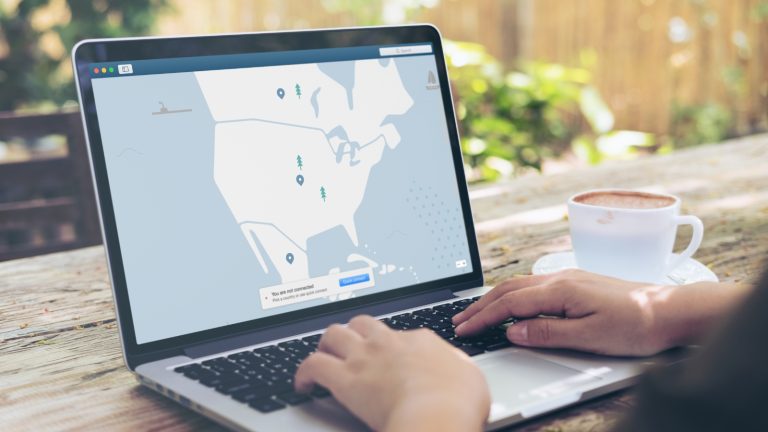
Since it is always better to institute precautionary protocols for a challenge like water pollution, it will convey systematic, procedural action rooted in prevention. The best possible way to accomplish this is by integrating new technology like Tigernix Smart Wastewater Asset Solution. Since it is driven by Industry 4.0 technologies, it offers real-time data on contaminations, maps out water polluting areas, alerts authorities when the toxins are spotted, and enables predictive maintenance under one dashboard. Since water pollution takes different shapes nowadays, using new technology will be a wise strategy to prevent it. What do you think?

